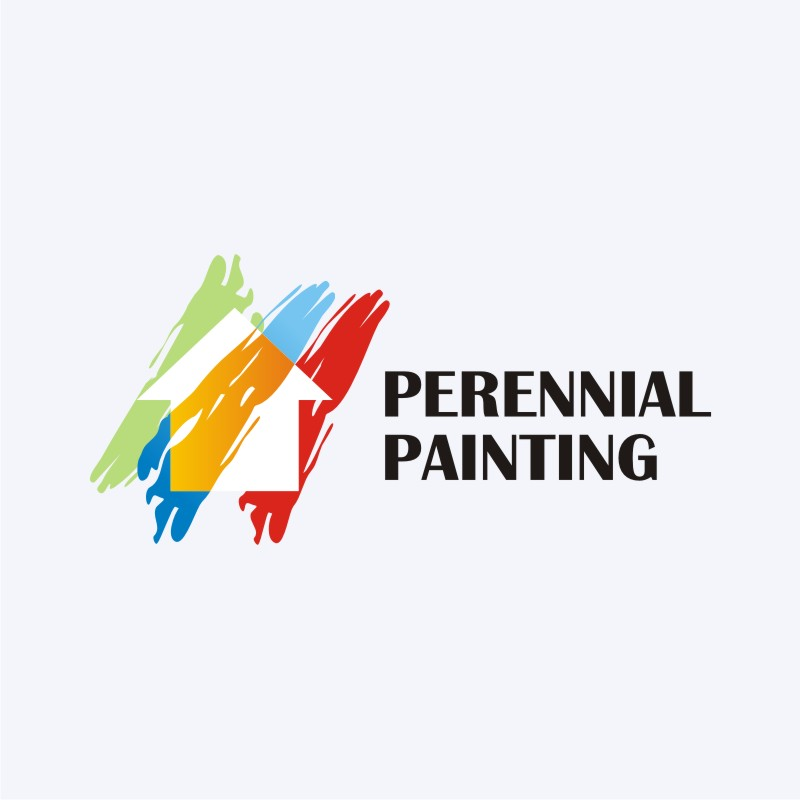Seasonal Factors To Consider For Commercial Outside Paint: What You Required To Know
Seasonal Factors To Consider For Commercial Outside Paint: What You Required To Know
Blog Article
Post Produced By- https://www.nbcnews.com/better/lifestyle/what-you-need-know-about-painting-your-walls-white-ncna1115196
When you're preparing a business outside paint job, seasonal variables can make or break your results. https://residential-painters-near76543.blog2freedom.com/34348923/elevate-your-living-room-discover-how-hiring-home-painters-can-function-marvels-for-your-home 'll intend to consider how temperature level and moisture impact paint application and drying out times. Choosing the right period can guarantee your paint sticks appropriately and lasts longer. But which https://spencersblub.creacionblog.com/34157046/raise-your-living-room-learn-just-how-hiring-residence-painters-can-work-wonders-for-your-home are truly the very best for this sort of work? Let's discover the crucial elements that can impact your task's success.
The Influence of Temperature Level on Paint Application
When you're preparing an industrial outside painting job, the temperature level can substantially influence exactly how well the paint sticks and dries out.
Preferably, you want to paint when temperature levels range in between 50 ° F and 85 ° F. If it's too chilly, the paint might not cure properly, leading to issues like peeling off or fracturing.
On the other side, if it's also warm, the paint can dry out also quickly, stopping proper bond and resulting in an unequal coating.
You must likewise take into consideration the moment of day; morning or late afternoon supplies cooler temperatures, which can be a lot more beneficial.
Always inspect the manufacturer's recommendations for the particular paint you're utilizing, as they typically supply advice on the suitable temperature array for optimal outcomes.
Moisture and Its Effect on Drying Times
Temperature isn't the only ecological variable that influences your industrial external painting task; humidity plays a significant role as well. High moisture levels can reduce drying times dramatically, impacting the general high quality of your paint job.
When the air is filled with dampness, the paint takes longer to heal, which can lead to problems like poor adhesion and a greater risk of mildew growth. If you're repainting on a specifically damp day, be prepared for prolonged delay times in between layers.
It's vital to monitor local climate condition and strategy accordingly. Preferably, aim for moisture degrees between 40% and 70% for ideal drying out.
Keeping these consider mind ensures your project remains on track and delivers a long lasting surface.
Best Seasons for Commercial Outside Paint Projects
What's the best season for your industrial external painting tasks?
Springtime and very early loss are usually your best options. During these periods, temperatures are light, and humidity levels are often lower, creating perfect conditions for paint application and drying out.
Avoid summertime's intense heat, which can create paint to dry as well swiftly, causing bad bond and finish. Similarly, wintertime's cool temperatures can prevent proper drying out and healing, taking the chance of the long life of your paint task.
Go for days with temperatures between 50 ° F and 85 ° F for ideal outcomes. Remember to check the regional weather report for rainfall, as damp problems can destroy your job.
Preparation around these variables ensures your painting task runs efficiently and lasts much longer.
Verdict
To conclude, preparing your commercial outside painting tasks around seasonal factors to consider can make a considerable distinction in the end result. By scheduling job during the ideal temperatures and humidity degrees, you'll make certain much better bond and drying times. Keep in front door painting near me to watch on regional weather report and select the right time of year-- springtime and very early loss are your best choices. Taking these actions will certainly aid you attain a durable and expert surface that lasts.
